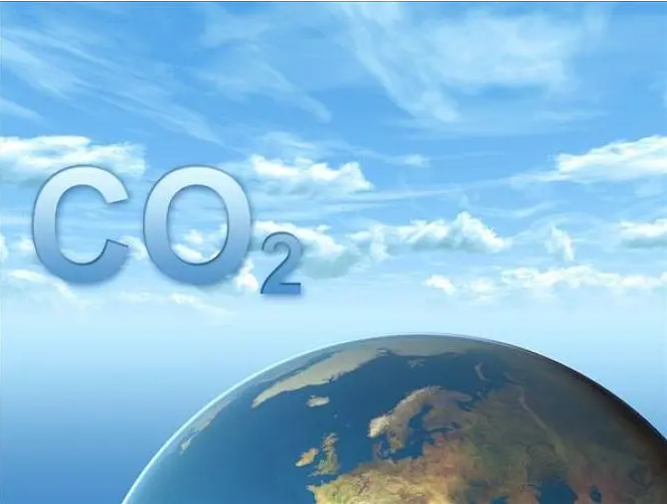
Seaweed can remove carbon dioxide from the atmosphere by converting it to organic biomass via photosynthesis. This biomass can subsequently sink into the deep ocean, removing it from surface waters. However, most global estimates of the efficacy of using seaweed to capture carbon are based on extrapolating observations from a few specific sites to a global scale.
Isabella Arzeno-Soltero and colleagues analysed predictions from Global Macroalgae Cultivation Modeling System to project potential seaweed productivity and harvestable biomass under different levels of nutrient availability and ocean conditions across the global ocean. They estimated that to harvest one gigatonne of seaweed-captured carbon each year, over one million square kilometres of the most productive EEZs waters, found in the equatorial Pacific, would need to be farmed. Outside of these productive equatorial waters, cultivation areas would need to be tripled to harvest the same amount of seaweed carbon due to the geographical variability in seaweed productivity and growth. In addition, the authors suggest that nutrients would need to be supplemented to maintain seaweed productivity — possibly though ‘depth cycling’ the seaweed by physically moving between deep and shallow water, or by upswelling nutrients from deeper water.
The authors suggest that to meaningfully assess the carbon removal potential of seaweed cultivation, the global variation in seaweed growth potential must be understood and future research into the refinement of seaweed farming is needed.